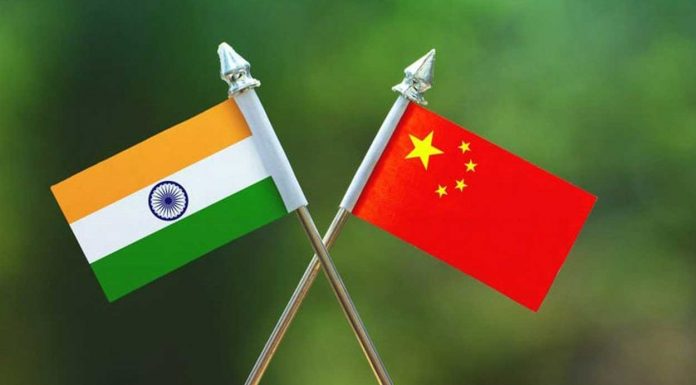Even as the disengagement process between India and China armies in Ladakh underway and de-escalation easing out the tempers at the line of actual control (LAC), reports about a possible Chinese attack over the Indian power grid system are doing rounds. According to reports, a Chinese government-linked group of hackers targeted India's critical power grid system through malware, raising suspicion whether last year's massive power outage in Mumbai was a result of the online intrusion.
A US company Recorded Future in its report also observed that a suspected Indian state-sponsored group Sidewinder also targeted Chinese military and government entities in 2020, in an activity overlapping with recent Trend Micro research.
Based out of Massachusetts, Recorded Future, which studies the use of the internet by state actors, in its recent report details the campaign conducted by a China-linked threat activity group RedEcho targeting the Indian power sector. The activity was identified through a combination of large-scale automated network traffic analytics and expert analysis.
Data sources include the Recorded Future Platform, SecurityTrails, Spur, Farsight and common open-source tools and techniques, the report said.
India's financial capital, Mumbai on October 12, witnessed a grid failure resulting in massive power outages, stopping trains on tracks, hampering those working from home amidst the Covid-19 pandemic and hitting the stuttering economic activity hard.
It took two hours for the power supply to resume for essential services, prompting Chief Minister Uddhav Thackeray to order an enquiry into the incident. Since early 2020, Recorded Future's Insikt Group observed a large increase in suspected targeted intrusion activity against Indian organisations from the Chinese state-sponsored group.
According to the Recorded Future report, from mid-2020 onwards, Recorded Future's midpoint collection revealed a steep rise in the use of infrastructure tracked as AXIOMATICASYMPTOTE, which encompasses ShadowPad command and control (C2) servers, to target a large swathe of India's power sector.
Ten distinct Indian power sector organisations, including four of the five Regional Load Despatch Centres (RLDC) responsible for the operation of the power grid through balancing electricity supply and demand, have been identified as targets in a concerted campaign against India's critical infrastructure.
Other targets identified included two Indian seaports, the report said. According to the report, the targeting of Indian critical infrastructure offers limited economic espionage opportunities.
“However, we assess they pose significant concerns over potential pre-positioning of network access to support Chinese strategic objectives,” it said.
“Pre-positioning on energy assets may support several potential outcomes, including geostrategic signalling during heightened bilateral tensions, supporting influence operations, or as a precursor to kinetic escalation,” Recorded Future said.
RedEcho has strong infrastructure and victimology overlaps with Chinese groups APT41/Barium and Tonto Team, while ShadowPad is used by at least five distinct Chinese groups, it said.
“The high concentration of IPs (Internet Protocols) resolving to Indian critical infrastructure entities communicating over several months with a distinct subset of AXIOMATICASYMPTOTE servers used by RedEcho indicate a targeted campaign, with little evidence of wider targeting in Recorded Future's network telemetry,” it said.
Recorded Future said that in the lead-up to the May 2020 border skirmishes, it observed a noticeable increase in the provisioning of PlugX malware C2 infrastructure, much of which was subsequently used in intrusion activity targeting Indian organisations.
“The PlugX activity included the targeting of multiple Indian governments, public sector and defence organisations from at least May 2020,” it said.
While not unique to Chinese cyber espionage activity, PlugX has been heavily used by China-nexus groups for many years. “Throughout the remainder of 2020, we identified a heavy focus on the targeting of Indian government and private sector organisations by multiple Chinese state-sponsored threat activity groups,” it said.











